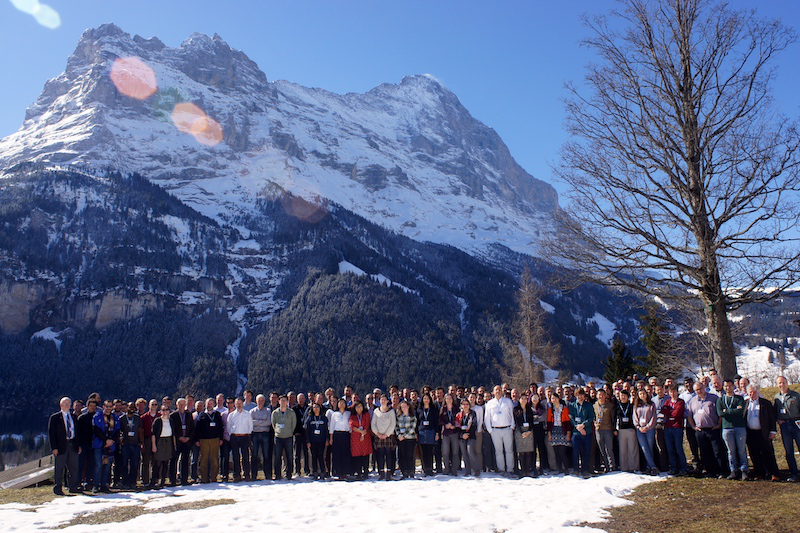Speaker
Description
We performed simulations using the Kurucz solar spectrum and TAPAS generated telluric spectra across a year with varying atmospheric conditions to quantify the effects of telluric contamination in PRVs. We chose the wavelength range from 350nm to 2.5 micron and assumed a spectral resolution of R=120,000 with no photon noise. We assumed perfectly known spectral PSF, wavelength solution, and stellar mask/template to isolate the effects of tellurics. We will illustrate the added RV error due to tellurics as a function of wavelength and telluric content. We compared two mitigation methods: dividing out the telluric spectrum then CCF, vs. forward modeling. For the forward modeling approach, we assessed the impact of imperfect knowledge of the atmospheric line profile by fitting the simulated observed spectra using an input telluric spectrum with wrong line profiles. We conclude that forward modeling is a more effective method in mitigating tellurics. This study is part of a NASA mission concept study, EarthFinder.

